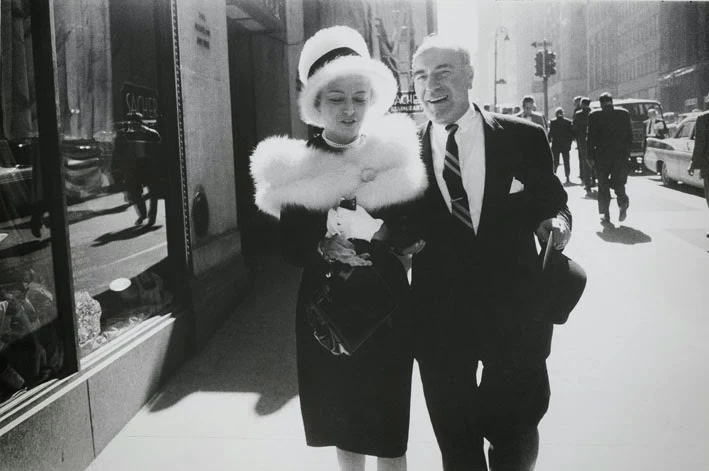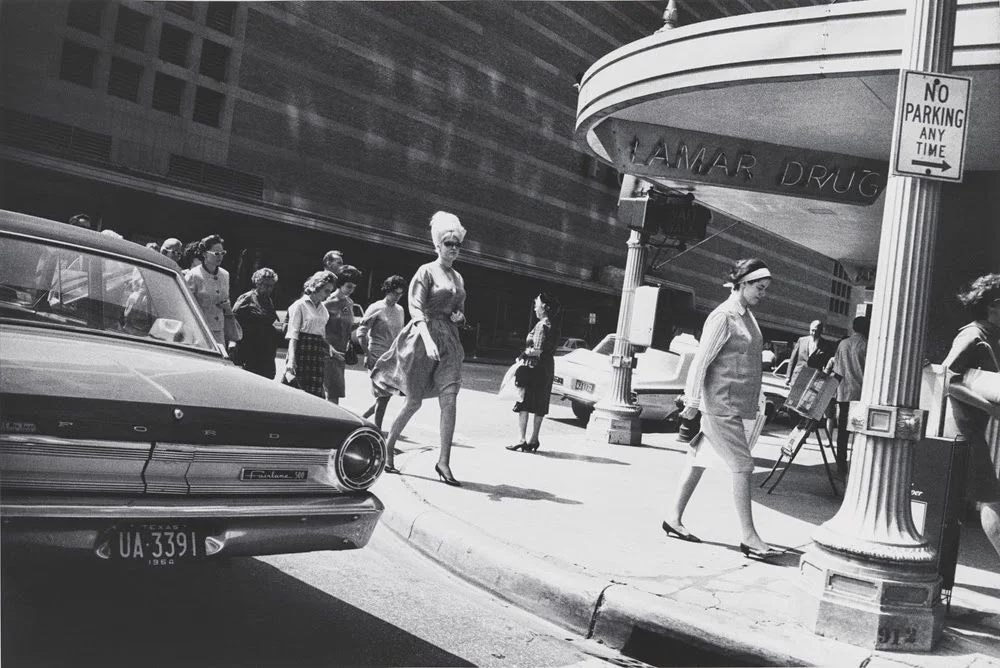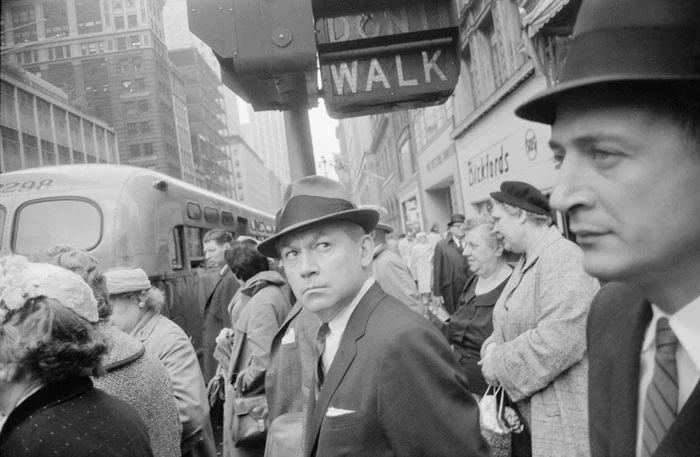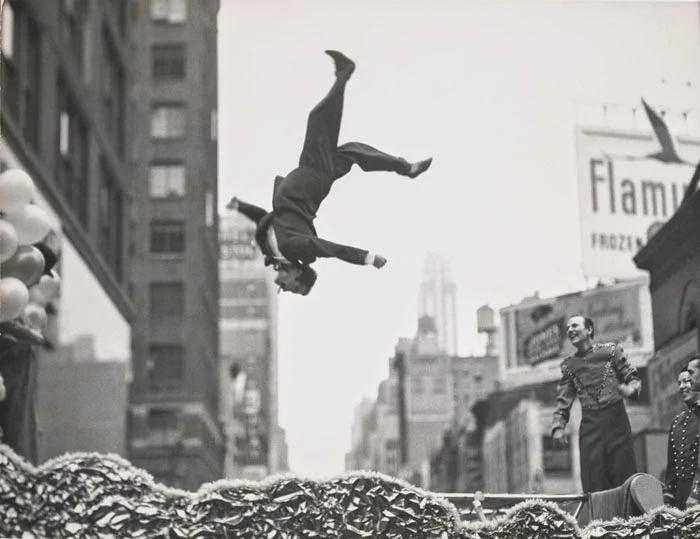Garry Winogrand was an American photographer (1928-1984) who documented modern life on the city streets in his native New York, his primary working location, and across the United States. He captured moments during the country's most vital and eruptive post-war decades, mainly the 1950s-70s, from Manhattan to Santa Monica and from the historical to the intimate.
New York, 1962
Metropolitan Opera, New York, 1951
The New Yorker started his career as a magazine freelancer but quickly moved away from journalism as he appreciated the ordinary and free, ambiguous realism. His surprising, detailed style - using wide angle lenses to capture more in each frame - made him one of the most celebrated documentary photographers of the twentieth century.
Houston, 1964
His work captures joy and humour to anguish and discontent, and the exhibition at the Jeu de Paume in Paris features many emotions - from the rough, raw post-war 50s to the prosperous, optimistic 60s and the disquiet, Vietnam upheaval of the 70s - and places starting from the Bronx, to Los Angeles and Texas.
New York World's Fair, 1964
It's the most extensive Winogrand exhibition so far and the first retrospective in 25 years, with one third of the work on show never been printed before now, along with photos he printed but had never been seen by the public before. He was a headlong photographer, preferring to shoot than edit, and he left behind over 6,600 rolls of film that he had never reviewed, so there's a whole section of the gallery featuring prints which were never seen by Winogrand, left without notes or instructions, so his evaluation of the work cannot be known. The Museum of Modern Art in NYC, upon preparing its posthumous exhibition in 1988, developed, proofed and edited the work he left behind.
If you're in Paris in the next four months, it's worth a visit.
New York, 1962
New York, 1955
Los Angeles, 1980-1983
Garry Winogrand: 14 October 2014 - 8 February 2015
Jeu de Paume, Concorde







